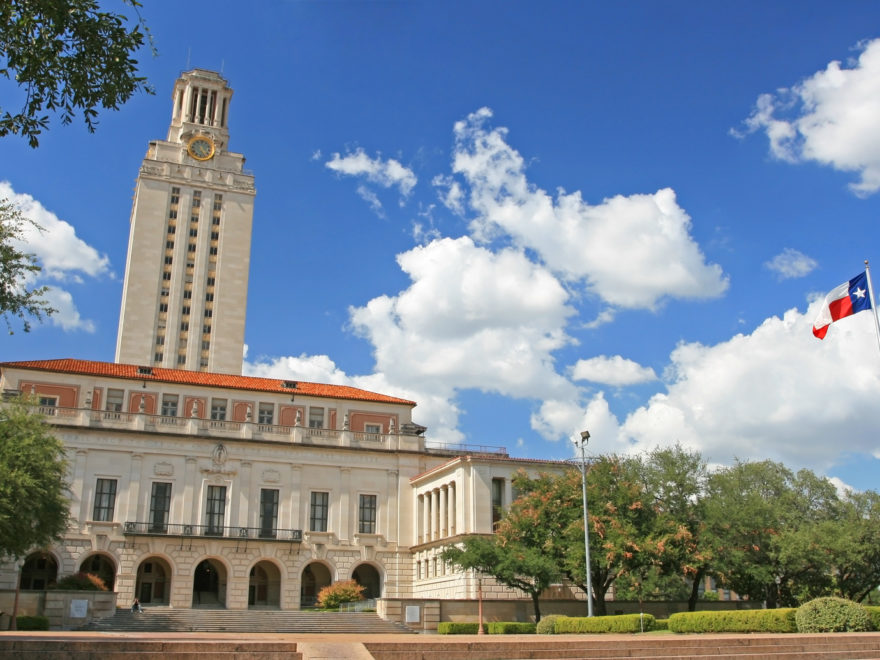by Kathy Clark & Ruth Rickard Our primary focus in this chapter is conflict resolution in healthcare. In particular, we look closely at non-adversarial responses to adverse medical events (AME) in both a legal and medical context. Examination of both contexts will assist in promoting and sustaining the valuable, growing synergy between law and healthcare, which provides the opportunity to expand and enhance communication with patients/clients. Although we look at these practices in the narrow context of AME, the concepts we discuss apply across the board in most areas of healthcare conflict resolution. Full Chapter Here
Continue reading









